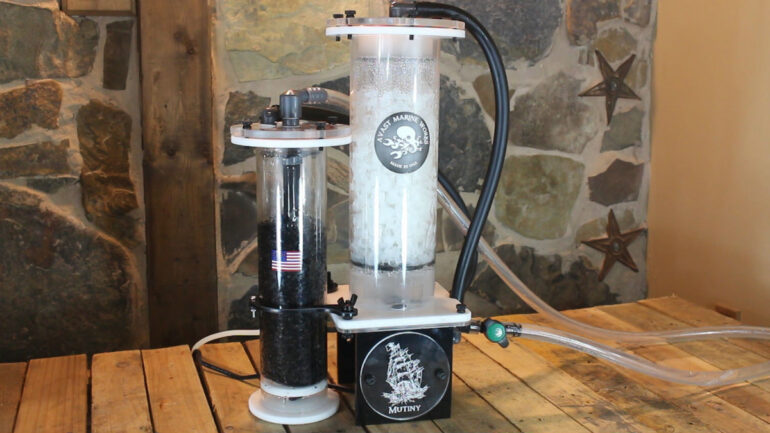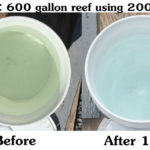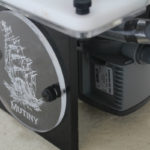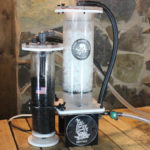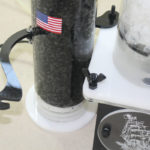Avast Marine is back in the ozone game with a newly designed Avast Mutiny 2.0 recirculating ozone reactor that promises to be more effective and simpler to use than this first iteration that was discontinued a few years ago.
Ozonation and ozone reactors may get overlooked because of the price and understanding the whole ozonation process, potential health issues or having to get an advanced degree to make heads or tails of ORP in the aquarium. But like other aquarium tech – those that do it right and see the results, swear by them.
This new Avast Mutiny 2.0 reactor has some compelling features using an ozone-safe Sicce needle wheel pump and a recirculating design that provides up to 10 times as much ozone to water contact time as single-pass reactors. The recirculation pump drives the flow at 350 gph while delivering an effluent flow rate of around 35 gph. They rate the reactor for aquariums up to 600 gallons and have been testing it for over a couple of years.
The first-gen Avast Mutiny reactors came in assembled and DIY versions and had quite a few fans out there – but they also had a lot of people that were confused about understanding how it worked but after running them through the setup and seeing the results, most seemed to be happy. However, as you can imagine this can become a headache for customer support and was one of the projects scuttled in a streamlining effort.
Avast stuck with the idea in the background and came up with this new design that is proving to be quiet, odor-free and effective. Rather than the older version that sprayed the water and ozone over custom HDPE ribbons once and then scrubbed with carbon, the new Avast Mutiny 2.0 uses the recirculation pump to continuously move the water and ozone over the media to maximize its effectiveness. Each Mutiny uses a Poseidon 200 with cold-spark corona discharge technology to generate the ozone.
Avast has just gotten the supply of the Sicce pumps lined up and will begin production shortly. Expect to see these to debut later this summer.


